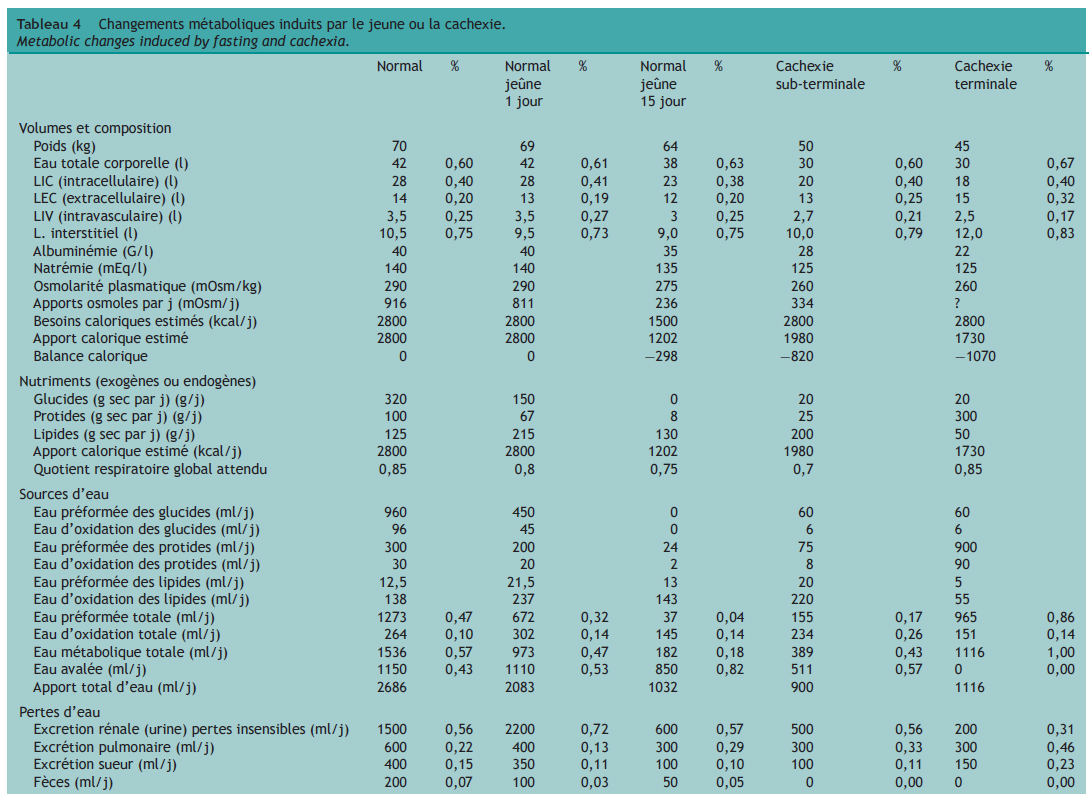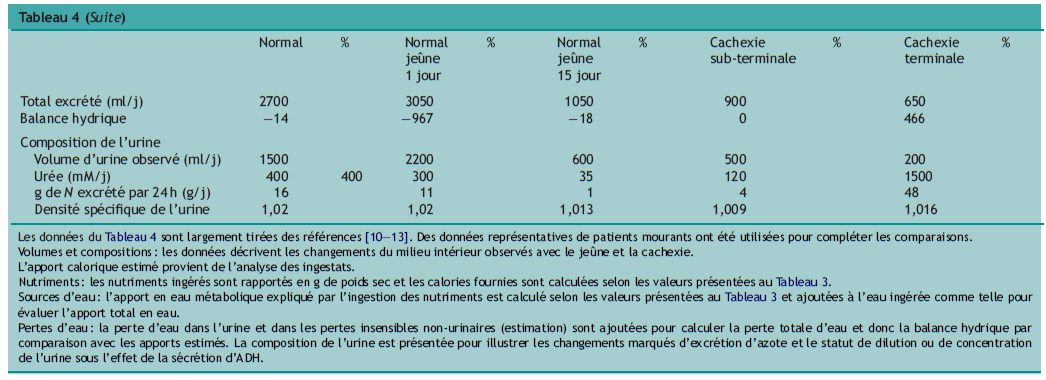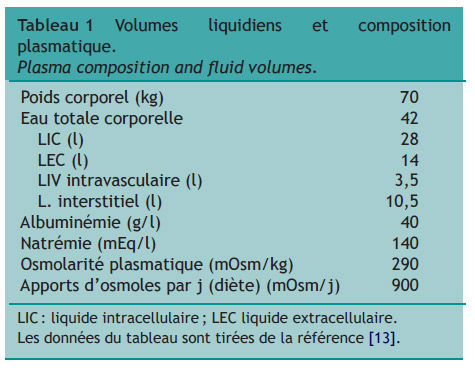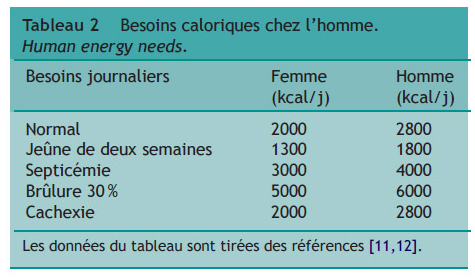Actualités
Pour nous joindre
2013-09-27La Maison Victor-Gadbois
1000, rue Chabot, Saint-Mathieu-de-Beloeil, J3G 0R8
Manœuvres avec équipement
2013-09-27À NOTER : ces fiches constituent une synthèse des manoeuvres avec équipement se trouvant dans les manoeuvres au lit, au fauteuil et au sol.
Manœuvres dans les escaliers
2013-09-27Manœuvres de transfert
2013-09-27Manœuvres d'accompagnement à la marche
2013-09-27Manœuvres au bain
2013-09-27Manœuvres au fauteuil
2013-09-27Manœuvres au sol
2013-09-27Manœuvres au lit
2013-09-27Anticholinergics in Palliative Medicine: An Update
2013-09-26 Anticholinergics, or antimuscarinic drugs, are drugs that competitively inhibit the action of acetylcholine at muscarinic receptors, leading to a blockade of the actions of the parasympathetic nervous system at sites where overactivity can lead to increased symptom burden.Evaluation of Atropine 1% Ophthalmic Solution Administered Sublingually for the Management of Terminal Respiratory Secretions
2013-09-26 Terminal respiratory secretions (TRS) or ‘‘death rattle’’ is a common symptom in the dying patient.An Observational Study of Insomnia and Nightmare Treated With Trazodone in Patients With Advanced Cancer
2013-09-26 Patients with cancer often experience insomnia. Nightmares are also a strong factor that interferes with the maintenance of comfortable and satisfying sleep. However, the prevalence and standard treatment of nightmares in patients with cancer have not been established yet.Chronic Pain in the Outpatient Palliative
2013-09-26 Chronic pain is common. Many patients with cancer and other life-limiting illnesses have chronic pain that is related to their disease, and some have comorbid chronic nonmalignant chronic pain.Gabapentin for Pruritus in Palliative care
2013-09-26 Itch/pruritus can be very distressing in palliative care population and often is difficult to treat. Conventional antihistamines lack efficacy.Providing nutritional support for patients with cancer cachexia.
2013-09-26 Malnutrition is the single most common secondary diagnosis for patients with advanced cancer, and can affect up to 85% of patients. Anorexia and weight loss affect up to 80% of patients and are responsible for death in up to 20% of cases.Opioids for refractory dyspnea
2013-09-26 Refractory dyspnea is breathing difficulty that persists at rest or with minimal activity despite optimal therapy of the underlying condition. Both endogenous (β-endorphin) and exogenous (morphine) opioids modulate the perception of dyspnea by binding to opioid receptors.ACR Appropriateness Criteria® Spinal Bone Metastases
2013-09-26 The spine is a common site of involvement in patients with bone metastases. Apart from pain, hypercalcemia, and pathologic fracture, progressive tumor can result in neurologic deterioration caused by spinal cord compression or cauda equina involvement.The effects of osteoclast modifiers on the oral
2013-09-26 Purpose of review Osteonecrosis of the jaw associated with therapeutic osteoclast modifiers is a rare but serious event. The consequences of osteonecrosis can be devastating despite current treatment.Drug interactions in palliative care – it’s
2013-09-26 Objective: This study aims to identify the combination of substances with high potential for drug interactions in a palliative care setting and to provide concise recommendations for physicians. Methods: We used a retrospective systematic chart analysis of 200 consecutive inpatients.Magnesium
2013-09-26 Indications: Hypomagnesemia, constipation, arrhythmia, eclampsia, yasthma, ymyocardial infarction. Pharmacology Magnesium is the second most abundant intracellular ion after potassium.La médecine palliative dans les dix prochaines
2013-09-26 Résumé La médecine palliative est une médecine jeune, qui s’est développée en dehors des structures académiques, en proposant une nouvelle vision du soin centré sur les besoins du patient de son entourage.The Experiences of Relatives With thePractice of Palliative Sedation: A Systematic review
2013-09-26 Context. Guidelines about palliative sedation typically include recommendations to protect the well-being of relatives. Objectives. The aim of this study was to systematically review evidence on the experiences of relatives with the practice of palliative sedation. Methods.More on the Management of Ascites
2013-09-26 C'est un éditorial, donc il n'y a pas de abstract mais il est tout de même très intéresssant en 2 pagesRéférences - Soigner les râles terminaux
2013-09-25|
[1] Watts T, Jenkins K. Palliative care nurses' feelings about death rattle. J Clin Nurs 1999;8:615—6. |
Référence - Hypothyroïdie en soins palliatifs
2013-09-25|
1 Ross DS, Cooper D.S., Mulder J.E. Thyroid function in nonthyroidal illness. UpToDate 2010. |
Références - Coma, douleur et conscience en fin de vie
2013-09-25
[1] Schnakers C, Zasler N. Pain assesment and management in disorders of consciousness. Curr Opin Neurol 2007;20:620—6.
La douleur clinique?
2013-09-20Tolérance, hyperalgésie opioïdo-induite, hyperalgésie de sevrage, développement nouveau d'allodynie
2013-09-20La phénoménologie de la douleur
2013-09-20Les syndromes douloureux du cancer
2013-09-20Annexe D – Transplantation de cellules hématopoïétiques : Greffes autologues et allogéniques
2013-09-20| Le choix entre ces deux types de greffe dépendra surtout du type de maladie à traiter. La greffe | |
Annexe D – Transplantation de cellules hématopoïétiques : Greffes autologues et allogéniques
2013-09-20| Le choix entre ces deux types de greffe dépendra surtout du type de maladie à traiter. La greffe | |
Tableau IV - LLC
2013-09-20Localisation des adénopathies palpables et non-palpables pouvant être atteintes dans un lymphome
2013-09-20
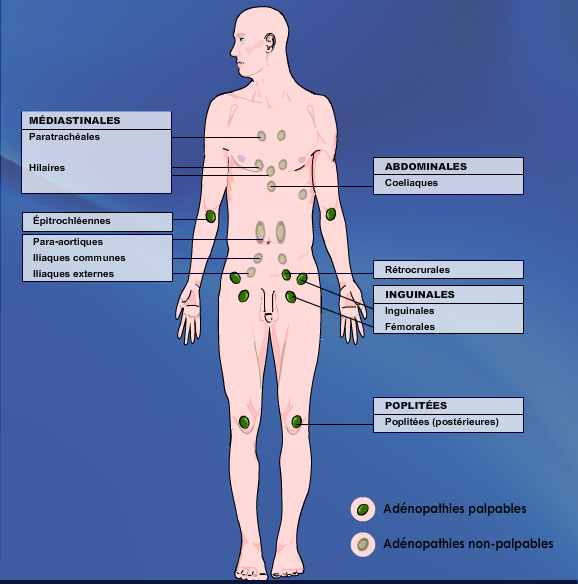
Tableau III - Leucémie lymphoïde chronique
2013-09-20| Examens de base et examens complémentaires lors de la découverte d’une hémopathie maligne * |
| Bilan de base d’une hémopathie maligne: |
Tableau II - Leucémie lymphoïde chronique
2013-09-20| Principaux sites extra médullaires qui peuvent être touchés par les leucémies |
|
- gencives hypertrophiées qui peuvent saigner |



